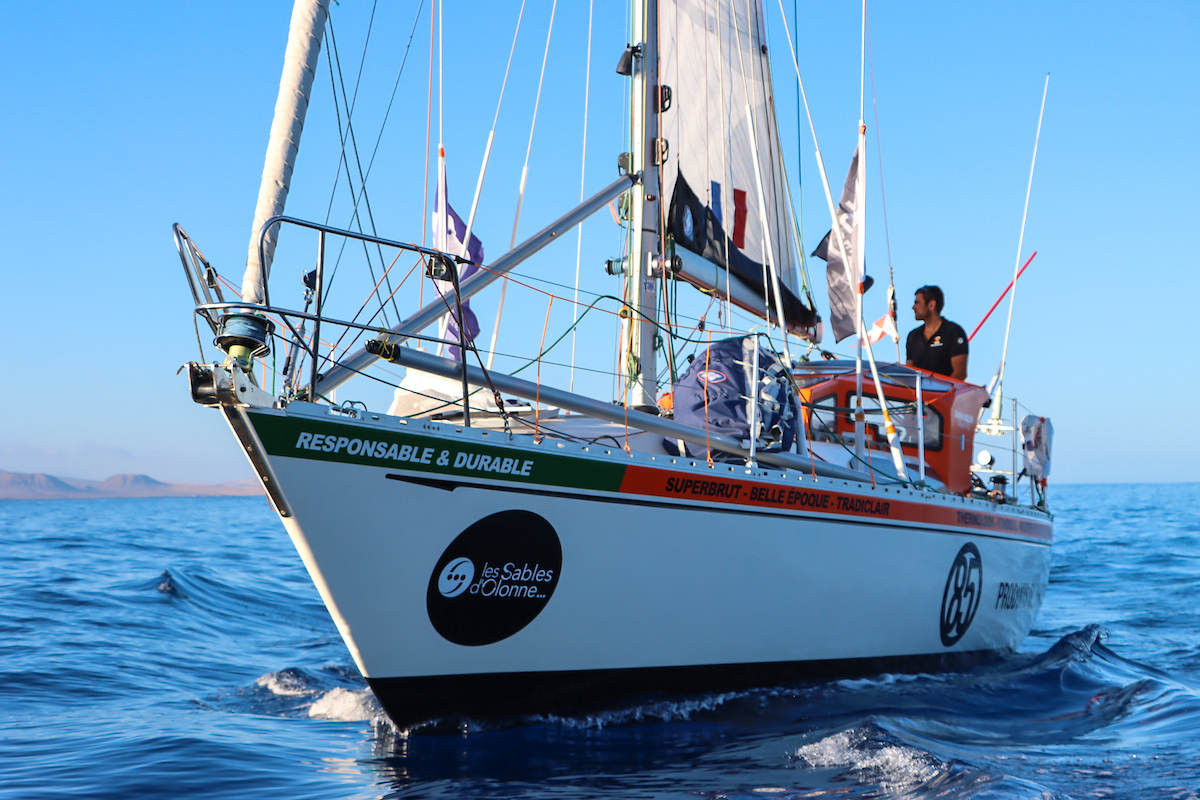
Boat sonar: What is it and how does it work?
The sonar of a boat (Sound Navigation and Ranging) is an essential tool in the nautical world, used to explore the underwater environment and ensure safe navigation. It is a system that uses sound waves to detect objects underwater.
Among its main uses are measuring the depth of the sea, locating schools of fish, and detecting submerged objects such as sunken ships or underwater structures.
How does sonar work on a ship?
The operation of sonar is based on the principle of sound wave reflection. The device emits an ultrasonic wave that travels through the water. When it encounters an obstacle (such as the seabed), this wave is reflected back to the sonar. The time it takes for the wave to travel to the obstacle and back is used to calculate the distance between the ship and the obstacle.
For example, if a ship's sonar emits a signal and it returns after 2 seconds, we can calculate the depth of the sea. We know that sound travels at a speed of 1,500 meters per second in water, so in this case, the total distance traveled by the wave would be 3,000 meters (1,500 m/s × 2 seconds). Since this distance is a round trip, the depth of the seabed would be 1,500 meters.
Practical example of depth calculation
Let's imagine a ship emits a sonar signal and receives it back after 2 seconds. Using the speed of sound in water (1,500 meters per second), we can apply the following formula to calculate the depth:
Where:
- v is the speed of sound (1,500 m/s).
- t is the round-trip time (2 seconds).
By applying the values:
This calculation indicates that the seabed is 1,500 meters deep under the ship.
Types of sonar
There are two main types of sonar used on ships:
- Passive sonar: This type of sonar does not emit sounds but instead listens to the waves emitted by other objects or ships in the water.
- Active sonar: The most common type in navigation, where the device emits a sound wave and waits for the reflection of that wave to calculate distances.
Sonar applications in navigation
Sonar is a vital tool for safety in navigation. Some of its most common applications include:
- Depth measurement to avoid running aground in shallow areas.
- Detection of underwater obstacles such as rocks or wrecks.
- Seabed exploration for scientific studies or searching for lost objects.
Additionally, sonar is widely used in fishing, allowing the detection of large schools of fish beneath the water's surface.
As you can see, it is an essential system in modern navigation, helping ships move safely and efficiently in the water. With the ability to detect obstacles, measure depths, and locate objects, sonar has revolutionized the way ships interact with the underwater environment.












_v2.svg)
_v2.svg)









_v2.svg)


